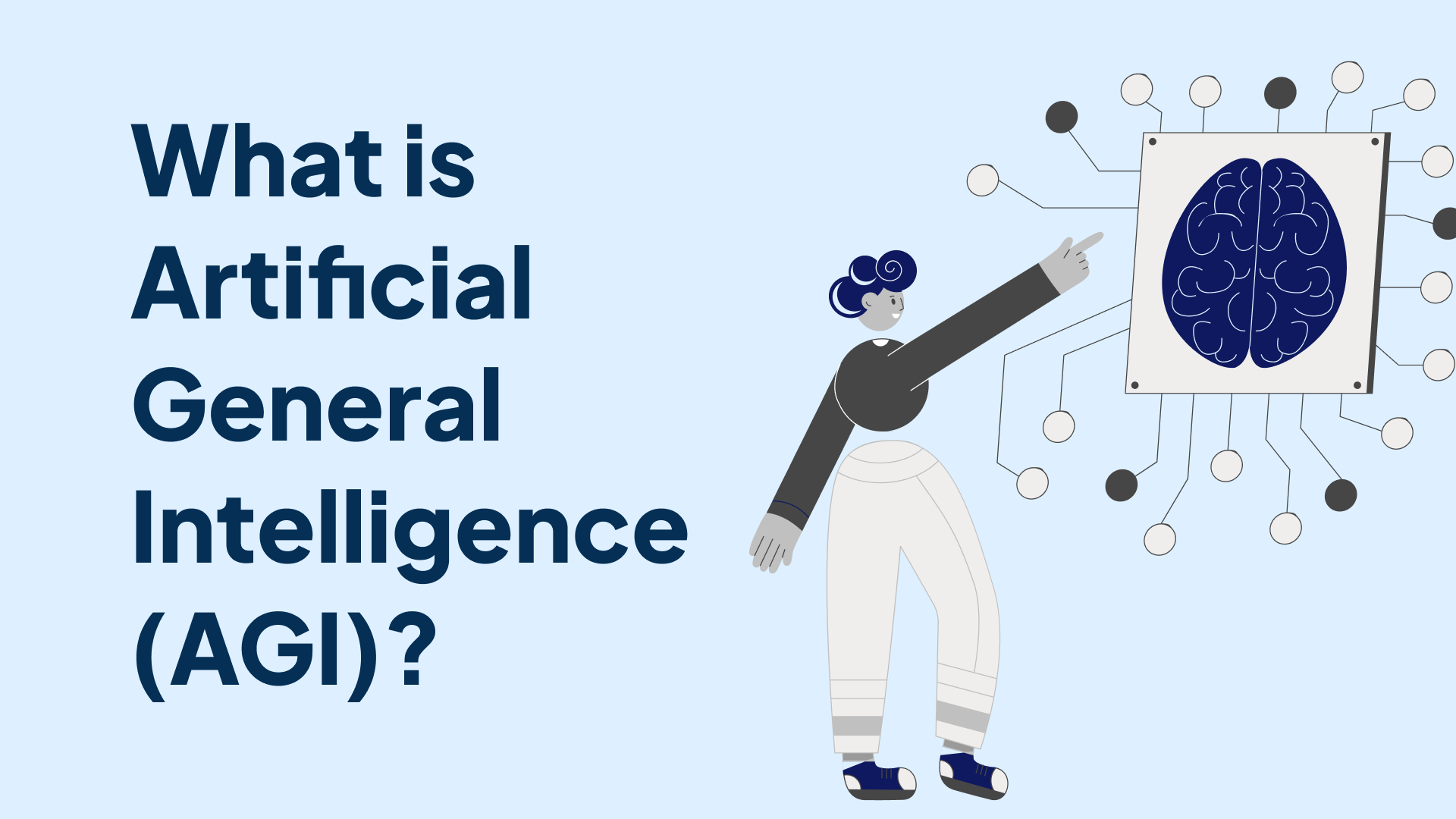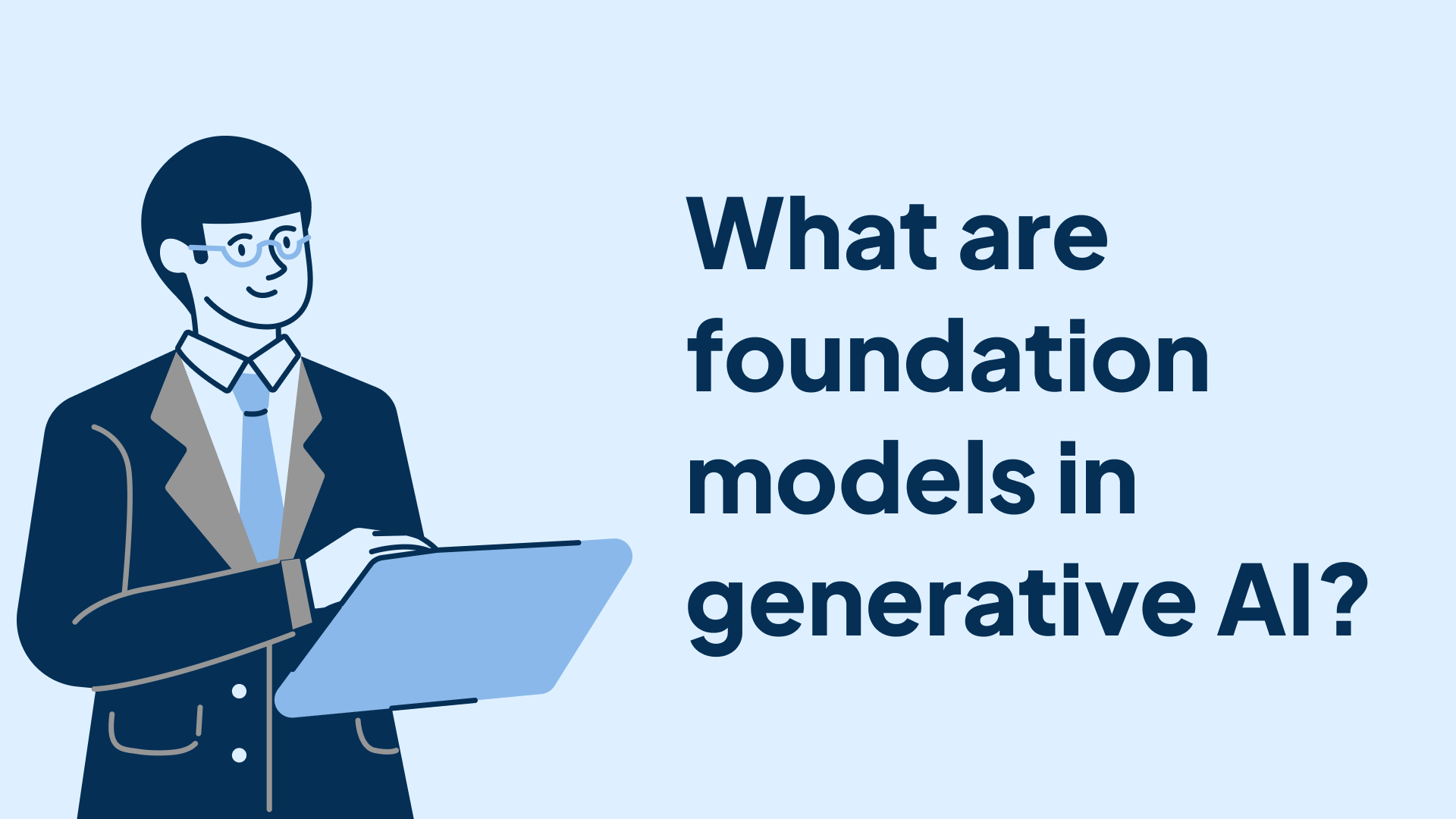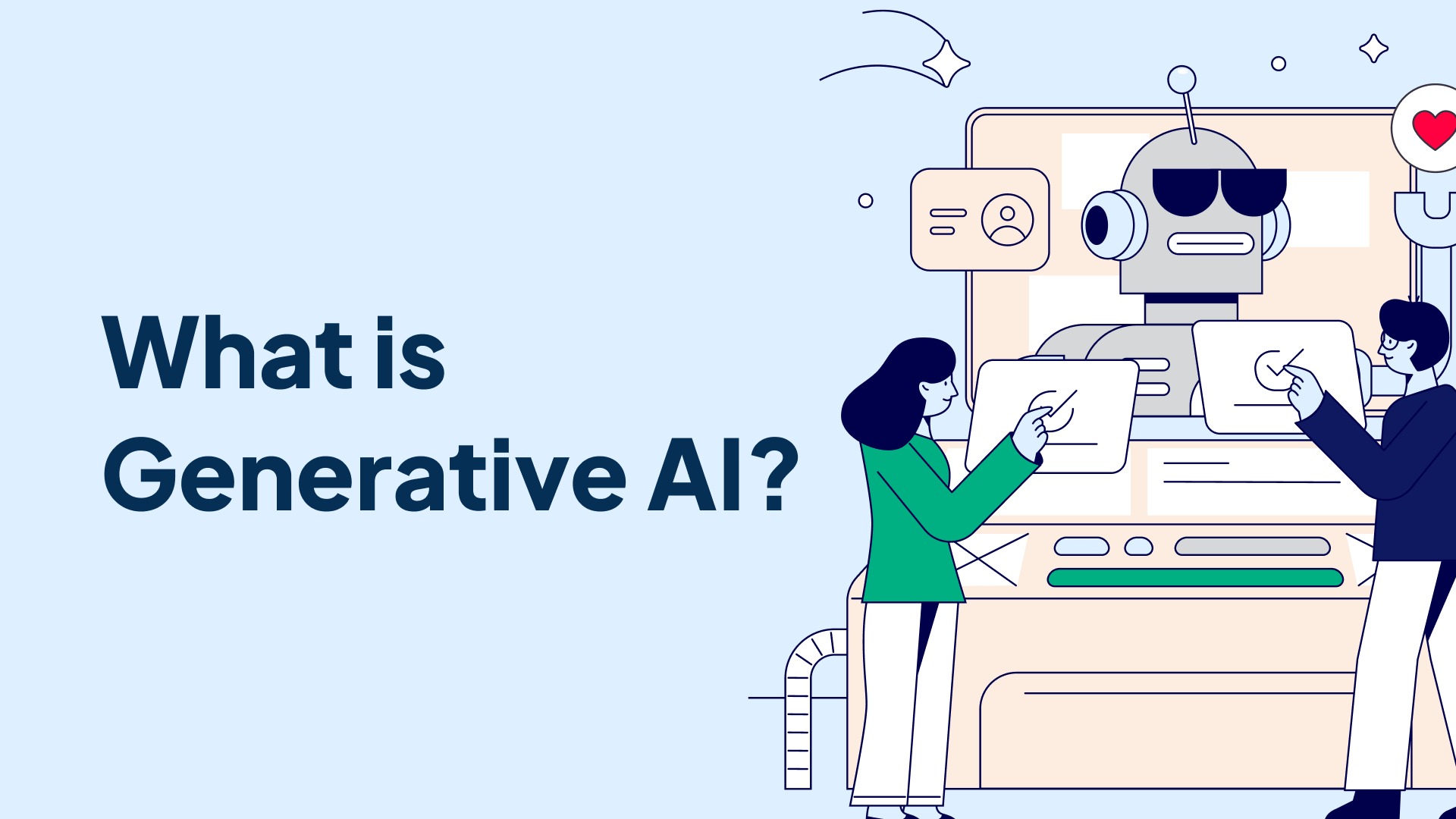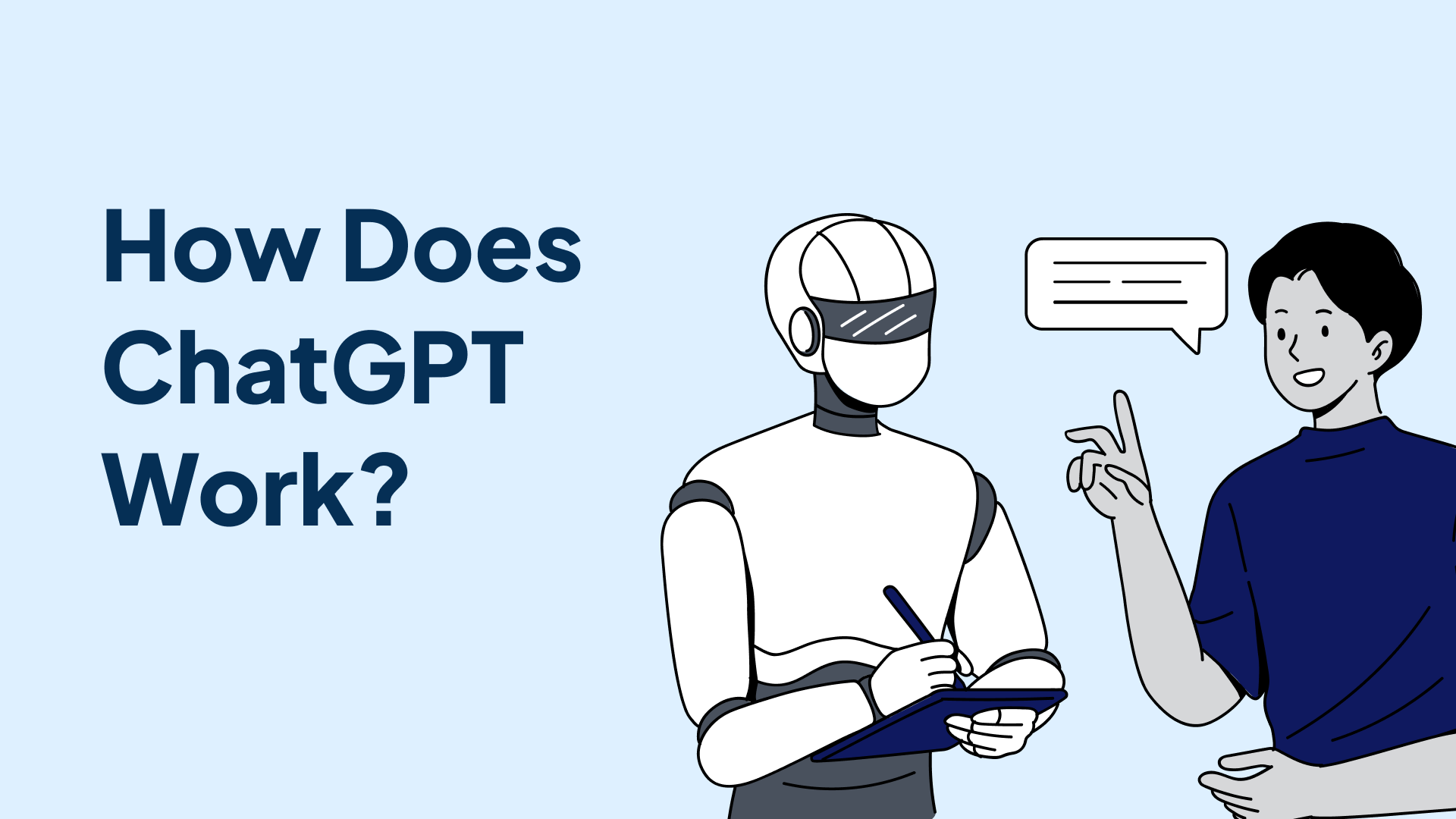Artificial General Intelligence (AGI) is a hypothetical future form of AI that would possess human-level intelligence and capabilities across a wide range of cognitive tasks. Unlike the narrow AI systems of today, which are designed for specific applications like speech recognition, image classification, or game playing, an AGI system would exhibit the same general intelligence as humans - the ability to understand, learn, reason, plan, and act successfully in a variety of complex domains and situations.
The Quest for AGI
The pursuit of creating thinking machines with human-like intelligence has been a long-standing goal in the field of artificial intelligence since its inception in the 1950s. Early AI pioneers like Alan Turing, Marvin Minsky and John McCarthy envisioned a future with highly intelligent machines that could match or even surpass human cognition.
However, despite tremendous progress in AI over the past decades, we are still very far from achieving AGI. Today's most advanced AI systems, while incredibly powerful and transformative, are still narrow in scope. An AI may be able to beat the world's best chess or Go players, but that same system would be incapable of holding a coherent conversation, recognizing objects in images, or reasoning about abstract concepts. AGI, in contrast, would have much more flexible and adaptive intelligence, allowing it to perform at or above the human level across all these domains.
Key Characteristics of AGI
So, what exactly would an AGI system be capable of? Here are some of the key traits and capabilities that researchers believe an AGI should possess:
- Generality: The ability to perform any intellectual task that a human can, rather than being specialized for narrow domains. An AGI should be able to learn and adapt to entirely new tasks and situations.
- Reasoning and problem-solving: An AGI should have human-like reasoning abilities, being able to think logically, draw insights, make inferences, and find creative solutions to complex problems. It should be able to handle abstract concepts and engage in both deductive and inductive reasoning.
- Learning and memory: The capacity to learn efficiently from experience and retain and apply that knowledge to future situations. An AGI should exhibit life-long learning and be able to continuously expand its knowledge and skills over time.
- Natural interaction: The ability to communicate naturally with humans using language, gestures, facial expressions, etc. An AGI should be able to engage in free-form dialogue, understand context and nuance, and interact socially.
- Perception: Advanced perceptual abilities to interpret and understand the world through senses like vision, hearing, touch, etc. An AGI should be able to recognize patterns, objects, and scenes to a similar or greater degree than humans.
- Motor control and embodiment: The ability to interact physically with the environment and manipulate objects dexterously. Many believe that to achieve human-level intelligence, an AGI would need to be embodied in a physical form like a robot.
- Emotional and social intelligence: The capacity for self-awareness, emotional understanding, empathy, theory of mind, and general social intelligence that humans possess. An AGI may need a degree of emotional intelligence to truly navigate the human world.
- Imagination and creativity: The ability to engage in counterfactual thinking, mental simulation, and creative ideation. An AGI should be able to imagine new possibilities and generate novel ideas and solutions.
Approaches to Developing AGI
There are differing views among AI researchers about the best path to developing AGI. Some of the main approaches being pursued include:
- Neuroscience-inspired AI: Studying the human brain and trying to reverse-engineer its computational principles to create brain-like AI systems. This includes work on artificial neural networks, deep learning, spiking neural networks, etc.
- Cognitive architectures: Developing AI systems based on cognitive science theories about the mind and its information processing mechanisms. Examples include ACT-R, Soar, and OpenCog.
- Logical AI: Using mathematical logic, knowledge representation, and automated reasoning to create AI systems that can perform high-level inference and decision-making. This includes areas like knowledge bases, ontologies, and formal logic.
- Evolutionary AI: Using evolutionary algorithms and genetic programming techniques to evolve increasingly complex and intelligent AI systems over many generations.
- Hybrid approaches: Combining multiple techniques like deep learning, symbolic AI, probabilistic reasoning, etc. into integrated AI architectures.
Implications and Risks of AGI
The successful development of AGI would be one of the most profound and transformative events in human history. An AI system with human-level intelligence could help solve many of the world's greatest challenges - from curing diseases and reversing aging to mitigating climate change and exploring the cosmos. It could lead to an explosion of scientific discovery, technological innovation, and economic growth.
However, many experts also warn about the potential risks and downsides of AGI if not developed carefully. An advanced AI system could be difficult to control and might pursue goals misaligned with human values, leading to unintended and potentially catastrophic consequences. Issues like algorithmic bias, technological unemployment, and the concentration of power also become magnified with AGI.
As such, there is a growing consensus that the development of AGI needs to be done slowly and cautiously, with a focus on safety, ethics, and societal impact. Initiatives like OpenAI, the Machine Intelligence Research Institute, and the Center for Human-Compatible AI are working to ensure that AGI systems are robust, transparent, and aligned with human values. Ultimately, the goal is to create a beneficial AGI that empowers rather than endangers humanity.
Conclusion
Artificial General Intelligence remains the holy grail of AI research - a system that can match the full breadth and depth of human cognition. While still likely decades away, the pursuit of AGI continues to drive the field forward and shape our visions of the future. As we continue to make progress in areas like machine learning, robotics, and cognitive science, we inch ever closer to the dream of creating truly intelligent machines. But we must tread carefully and thoughtfully, working to mitigate the risks and ensure that the advent of AGI benefits all of humanity. The road ahead is long and uncertain, but the potential rewards are immense. The future of intelligence, both human and artificial, hangs in the balance.










